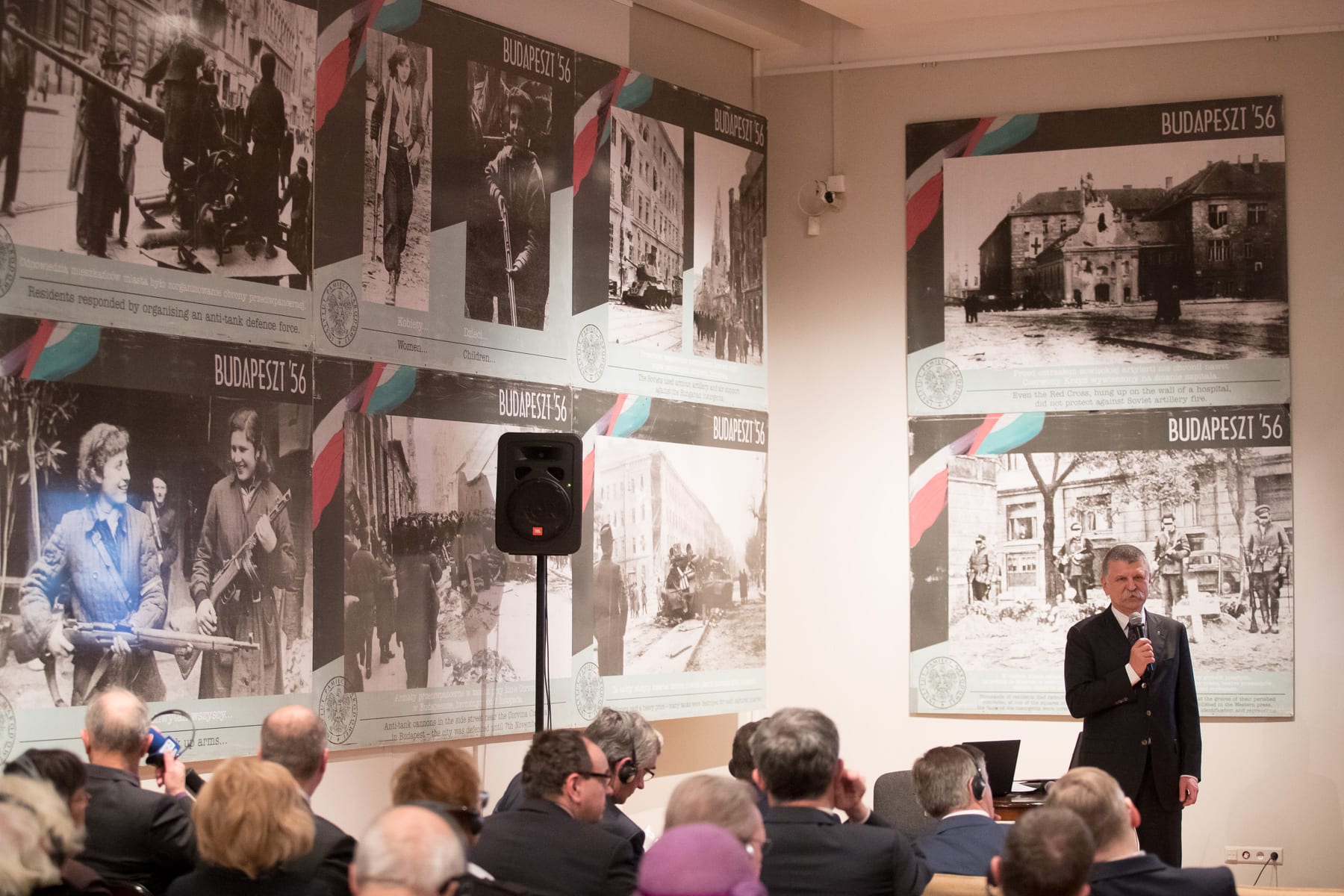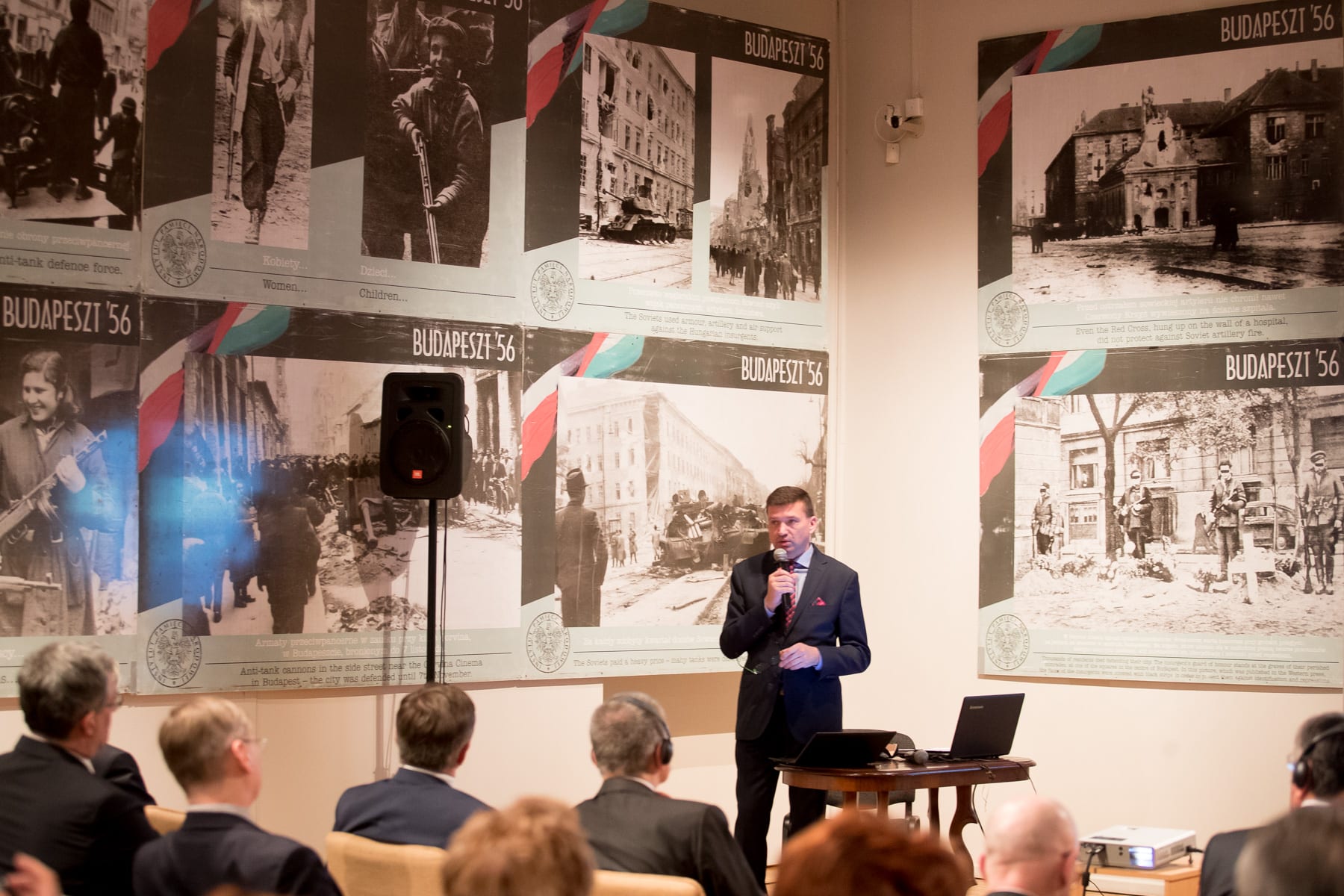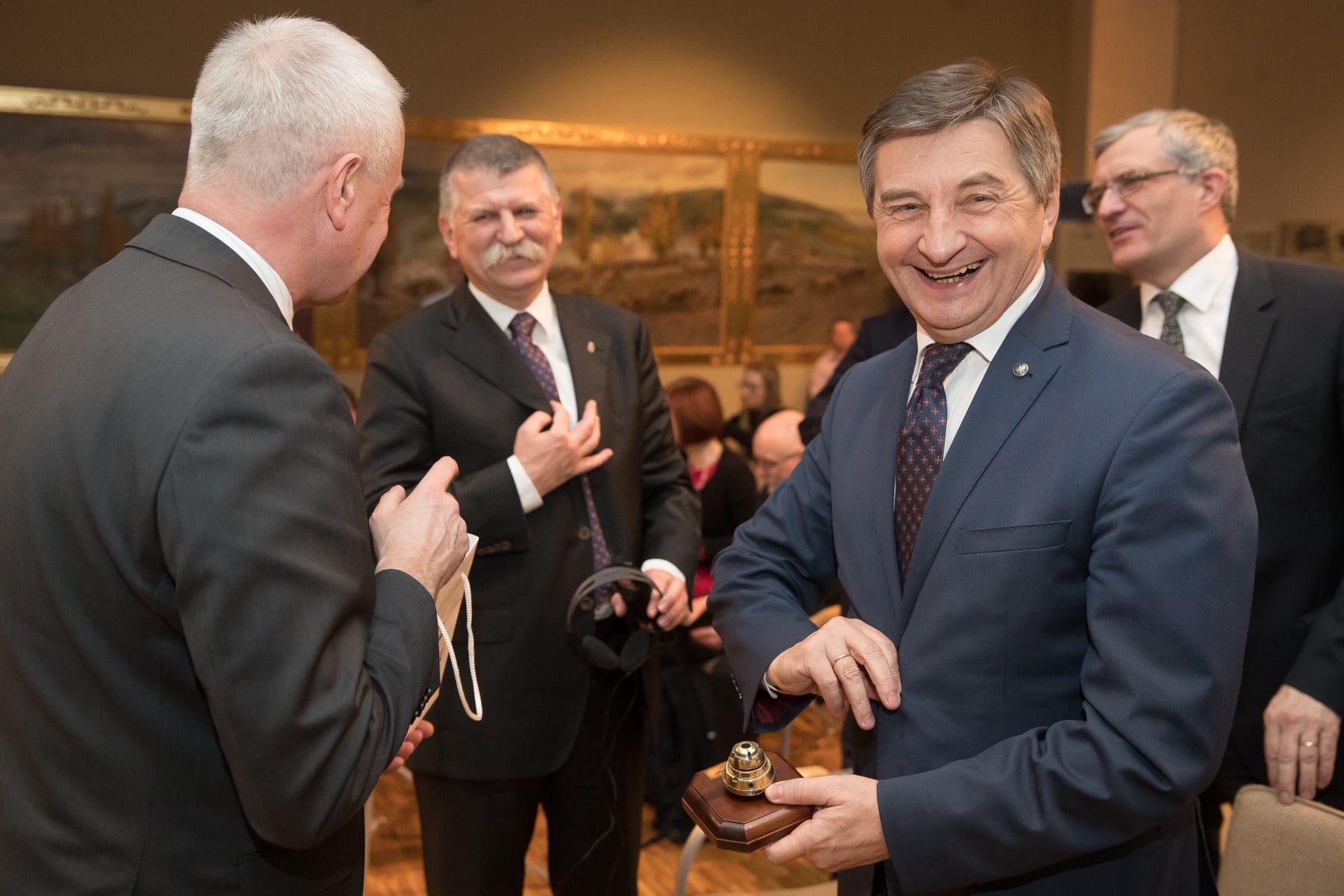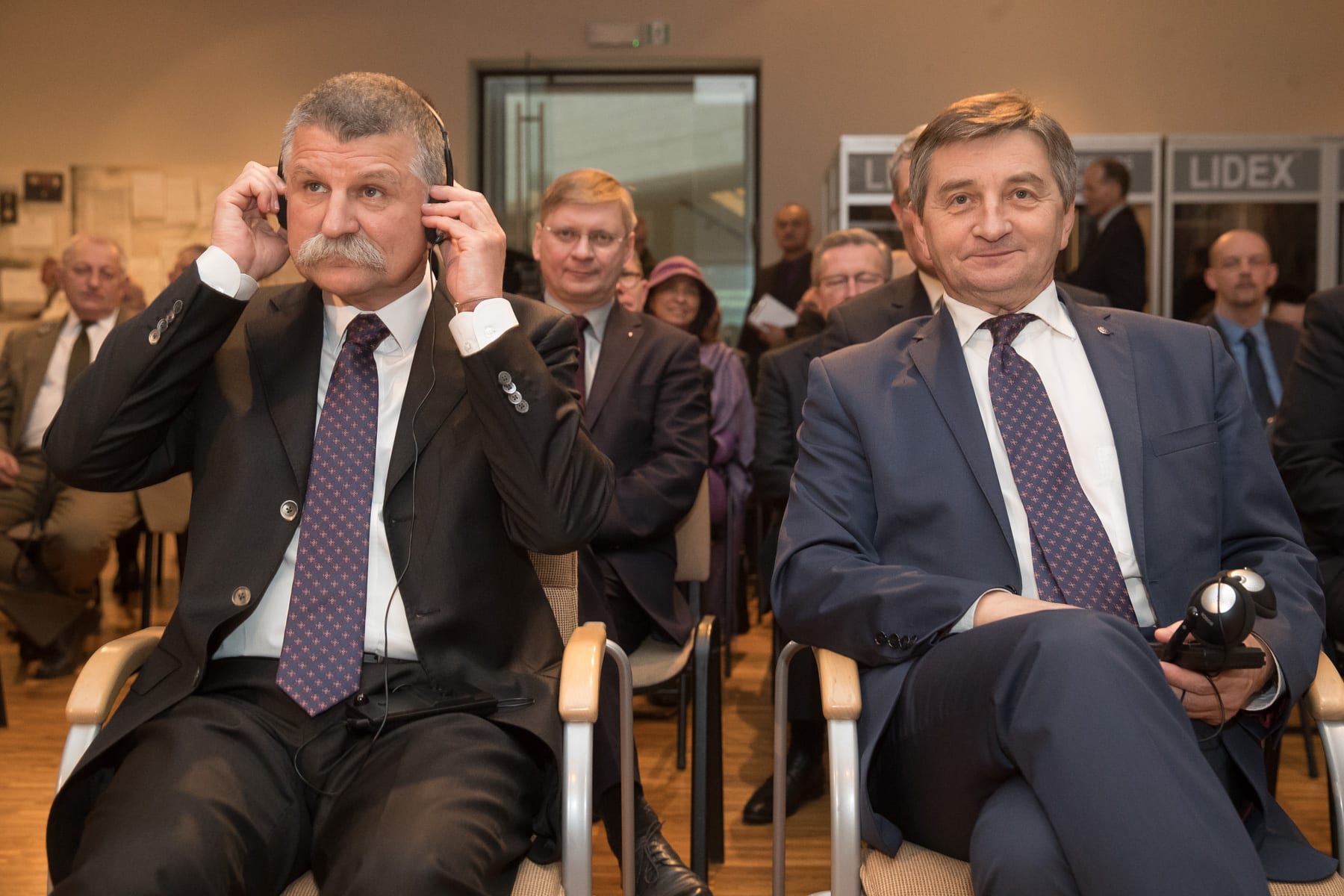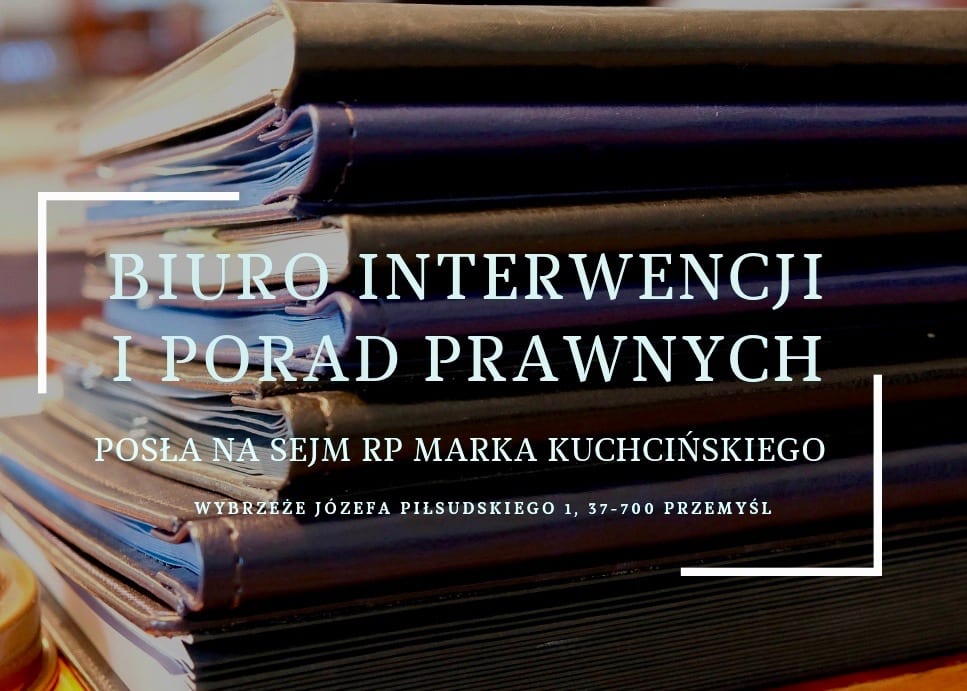- Poland is an example for us in cultivating national memory. Fate has made us stick together," said Laszlo Kövér, speaker of the Hungarian Parliament, during the IPN lecture in Przemyśl.
The lecture presented the relationship between the societies of today's Visegrad Group countries under communism, during the events of 1956 in Poland, Hungary and 1968 in Czechoslovakia. They recalled Ryszard Siwiec from Przemyśl, who immolated himself in 1968 during the harvest festival at the 10th Anniversary Stadium in Warsaw, in front of the eyes of the authorities of the time, in protest against the intervention of Warsaw Pact troops in Czechoslovakia. Kövér noted that at that time, the Hungarian public was not aware of the existence of people like Siwiec. Just as in Poland, the relevant services covered up protests against the communist government. - We have a similar spirit. Those who did not have to fight for freedom like Poland or Hungary will never understand us,' he said.
The lecture of the Institute of National Remembrance was the culmination of the meeting of the Presidents of the Visegrad Group Parliaments. - We draw conclusions from the past, we commemorate it... But we also talk about the future of our countries, the future of Europe, because after all we care about each and every person; our families, societies, our loved ones - concluded the lecture by Speaker of the Sejm Marek Kuchciński.
Project "Exceptional manifestations of social resistance and international solidarity in Poland, Czechoslovakia and Hungary" was presented by Dr. Dariusz Iwaneczko, Director of the Department of National Remembrance Institute in Rzeszow. The presentation was accompanied by the exhibition "Budapest '56″ - It is a history of the Hungarian Uprising in 1956, when Hungarians took to the streets in solidarity with the Poles and the October changes in Poland. Their freedom aspirations turned into an anti-communist uprising, which was bloodily suppressed by the Soviet Army in November 1956. Poles organized then a spontaneous action of help sending medicines, blood and words of encouragement by the Danube river. In 1956 Hungarians gave testimony of their love for freedom. Their uprising can be compared to the Warsaw Uprising, which was equally tragic and "The Cry of a Gray Man. Ryszard Siwiec (1909-1968)". The aim of the exposition is to recall the person of Ryszard Siwiec. The exhibition was created in connection with the celebration of the 40th anniversary of his act of self-immolation at the 10th Anniversary Stadium in Warsaw as a protest against the Warsaw Pact invasion of Czechoslovakia. The exhibition features materials from the collections of the Institute of National Remembrance and Ryszard Siwiec's family, documenting his life and tragic death. He was a humanist, an ardent Catholic and a fervent patriot who cultivated national traditions in his family home. Ryszard Siwiec's passion was literature, and he had a huge book collection of about three thousand volumes. He was an active athlete, an excellent skier and swimmer. For many years he wrote leaflets on his private "Erica" typewriter, signing them with the pseudonym Jan Polak. He never came to terms with the political situation in Poland after the Soviet invasion.
Director of the Rzeszow Branch of the IPN Dariusz Iwaneczko



